
Ball's Naturalists' Dredge
"The dredges on this pattern, used in Britain for ten years after their first introduction, about the…

Burner
"Flat-flame burners, or burners which spread their flame in a broad thin sheet, are of two principal…
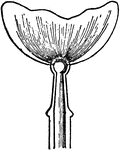
Burner
"Flat-flame burners, or burners which spread their flame in a broad thin sheet, are of two principal…
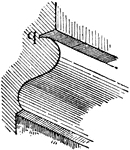
Quirk Molding
A molding characterized by a sharp and sudden return from its extreme projection to a reentrant angle.
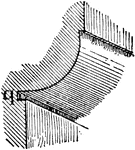
Quirk Molding
A molding characterized by a sharp and sudden return from its extreme projection to a reentrant angle.
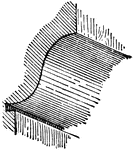
Quirk Molding
A molding characterized by a sharp and sudden return from its extreme projection to a reentrant angle.

Quirk Molding
A molding characterized by a sharp and sudden return from its extreme projection to a reentrant angle.
Pruning
"The nature of the cut itself in pruning is of more consequence, especially in the case of fruit trees,…

Pruning
"The nature of the cut itself in pruning is of more consequence, especially in the case of fruit trees,…
Pruning
"The nature of the cut itself in pruning is of more consequence, especially in the case of fruit trees,…
Pruning
"The nature of the cut itself in pruning is of more consequence, especially in the case of fruit trees,…
Pruning
"The nature of the cut itself in pruning is of more consequence, especially in the case of fruit trees,…
Pruning
"The nature of the cut itself in pruning is of more consequence, especially in the case of fruit trees,…

Montreuil Fan
"The Montreuil form of training. The principal feature is the suppression of the direct channel of the…
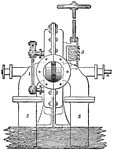
Reaction Turbine
"Professor James Thomson's inward flow or vortex turbine has been selected as the type of reaction turbines.…
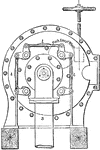
Reaction Turbine
"Professor James Thomson's inward flow or vortex turbine has been selected as the type of reaction turbines.…
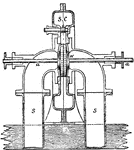
Reaction Turbine
"Professor James Thomson's inward flow or vortex turbine has been selected as the type of reaction turbines.…
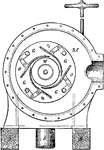
Reaction Turbine
"Professor James Thomson's inward flow or vortex turbine has been selected as the type of reaction turbines.…

Rheostat
An instrument for regulating or adjusting a circuit so that any required degree of resistance may be…
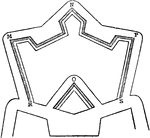
Crown-Work
"Crown-work, in Fortification, is formed to strengthen a weak front, or to occupy ground which might…
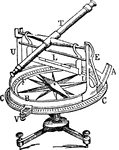
Declinometer
"Upon a tripod provided with levelling screws stands the pillar P, to which is fixed the graduated azimuthal…
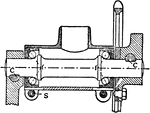
Crank-axle Bearing
"The usual form of crank-axle bearing which has inward-cups and is cup-adjusting. The end of the bracket…

Camera Lucida
"An optical instrument employed to facilitate the sketching of objects from nature by producing a reflected…
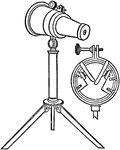
Polyangular Kaleidoscope
"Another form is called the polyangular kaleidoscope. The only essential difference in it is that the…
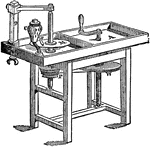
Lapidary's Mill
"In the ordinary pattern of a lapidary's bench the handle turns in a horizontal plane, where W is the…

Reflecting Prism
"Fresnel next conceived the admirable improvement of employing the principle of "total" or internal…
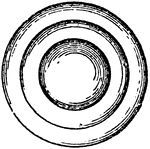
Differential Lens
"Differential Lens.—Horizontal divergence may be obtained to any required amount by varying the radius…
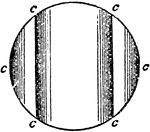
Differential Lens
"Differential Lens.—Horizontal divergence may be obtained to any required amount by varying the radius…

Differential Lens
"Differential Lens.—Horizontal divergence may be obtained to any required amount by varying the radius…
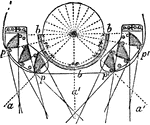
Condensing Quadrant
"Condensing Quadrant.—The fixed apparatus bbb, with spherical mirror behind, throws its rays directly…
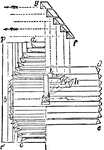
Condensing Octant
"Condensing Octant.—The central fixed apparatus bb with spherical mirror dd throws its rays directly…
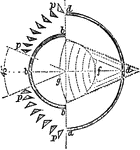
Condensing Octant
"Condensing Octant.—The central fixed apparatus bb with spherical mirror dd throws its rays directly…
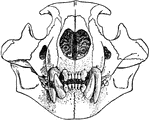
Lion Skull
"The internal structure of the lion, except in slight details, resembles that of the other Felidae,…
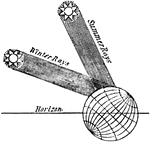
Rays
"Summer and Winter rays.—Let us suppose that the rays falling perpendicularly on a given extent…
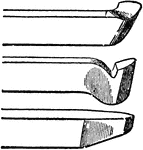
Slide-Rest Tools
"The middle one an ordinary hook tool, suited for outside work on wrought iron or steel, and the one…
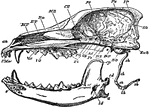
Dog Skull
"Longitudinal and Vertical section of the skull of a dog, with mandible and hyoid arch. an, anterior…

Micrometer
"The original Merz micrometer of the Cape Observatory, made on Fraunhofer's model. S is the head of…
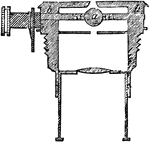
Micrometer
"a is the sphere, placed in half-holes on the axis bb, so that when its principal axis is parallel to…
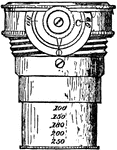
Micrometer
"a is the sphere, placed in half-holes on the axis bb, so that when its principal axis is parallel to…
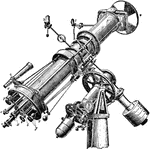
Micrometer
"The circles for position angle and declination are read by micrometer microscopes illuminated by the…
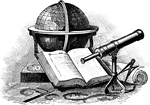
Still Life with Globe and Telescope
Still life arrangement including a globe, telescope, book, right angle, rolled map, and dividers.
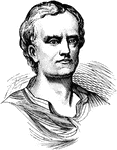
Caucasian
Caucasians typically have the lowest degree of projection of the alveolar bones which contain the teeth,…

Owlet Moth
Wing of an owlet-moth, with all the markings defined and named.-Right wings: b, basal line; t.a., transverse…
